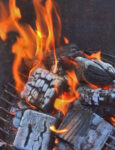Thu 13 Jun 2019
THE KITCHEN FIND- STOVE TOP SMOKING
Posted by DrSmokeRead other related stories: Cooking With Wood , General Smoking Information , Smoking Tips , Smoking with chips , Stovetop Smoking , Wood Chips
No Comments
THE KITCHEN FIND!
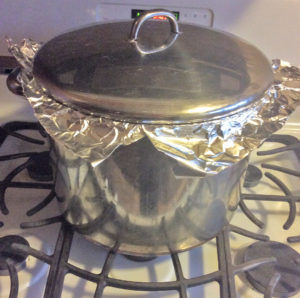
Stove top smoking techniques do not require fancy equipment, there are plenty of pots in your kitchen.
STOVE TOP SMOKING….
If you’re like me, over the years you’ve become a collector of various cooking gadgets and equipment to the point where you simply don’t have room for one more thing! Yet, you are enamored with the thought of doing stove top smoking & cooking when the weather isn’t cooperating or you simply prefer to be in the house rather than take food and gadgets outside.
Well, I have got just the solution for you!
Stove top smoking can be as easy as locating a deep pot with lid, metal steamer insert, aluminum foil and tools you likely already own.
Now when I say deep pot I’m talking about a lobster pot, large sauce pot, or even a Dutch oven. Anything that has capacity to hold a suitable number of food items on a steamer insert will do.
Once you have your pot and food item that you want to smoke follow these steps.
STEPS FOR STOVE TOP SMOKING:
- Put a piece of foil at the bottom of the pot so it touches both sides
- Sprinkle a ¼ cup of unsoaked wood chips on the foil (you can use any of our wood chip sizes but I prefer the Minuto® Wood Chip sizes)
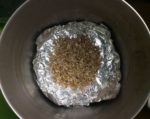
- Place a second piece of foil or disposable foil pie plate on the chips followed by your steamer insert. (This will keep drippings from falling on the chips.)
- Place the food items (chicken, fish, pork, beef, vegetables, fruit, etc.) on the steamer. Be careful not to crowd so the smoke can circulate around the food.
- Depending on the extra room in your pot, if there is a lot of surface above the foods, go ahead and tent the steamer insert with foil so the smoke vapor has less area it needs to travel
- Put the lid on the pot and seal the rim with foil to ensure none of the smoke vapor can escape
- Turn the heat under the pot to high and allow to begin the smoking for 5-8 minutes
- Reduce the heat to medium and cook small food items like chicken, fish, vegetables, or fruit for 10-15 minutes. Large food items like pork tenderloin, beef short ribs, etc. for 30-40 minutes.
- Shut off the heat and allow the food to rest in the residual smoke vapor for 10 minutes
- Remove the lid and foil tent if one was used
If you have done smaller cuts of poultry, fish, or meat, these may well be cooked through (175° F for dark meat 165° F for white meat). Otherwise, if cooking is still required, transfer the food to an oven safe dish or sheet pan and finish cooking in the oven.
There you have it!
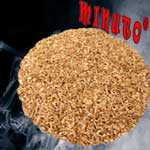 A simple in-house, smoking technique using tools you likely already have in the kitchen! Just think, you stayed warm, dry, and comfortable in your own house while the Grande Sapore®, Minuto®, or Piccolo® Wood Chips did their wood-fired magic.
A simple in-house, smoking technique using tools you likely already have in the kitchen! Just think, you stayed warm, dry, and comfortable in your own house while the Grande Sapore®, Minuto®, or Piccolo® Wood Chips did their wood-fired magic.
As always, we would love to see your take on the homemade stove top smoker so send along pictures.
SmokinLicious® Products used in this technique:
Wood Chips- Grande Sapore®, Minuto®, Piccolo®
Additional reading:
-A DIY STOVE TOP SMOKER MAKES PERFECT SMOKED RICOTTA CHEESE
-THE EASY METHOD TO COLD SMOKED CHEESE
-PERFECTION OF THE SMOKED PEAR!
-TO THE SMOKE THE CHESTNUT GOES!

Dr. Smoke “It doesn’t take fancy equipment to smoke foods on the stove top.”



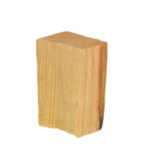

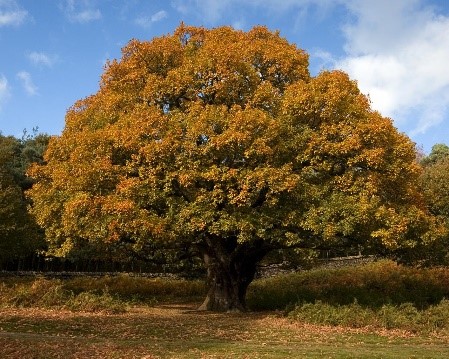
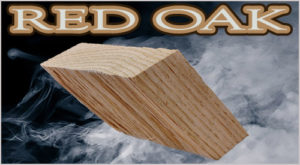

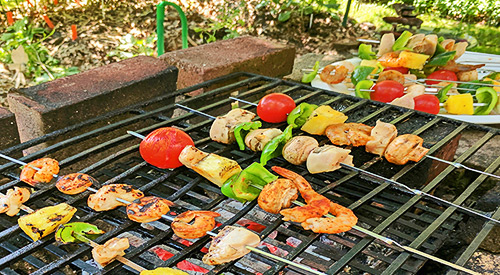
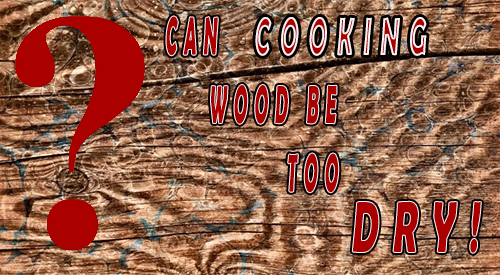
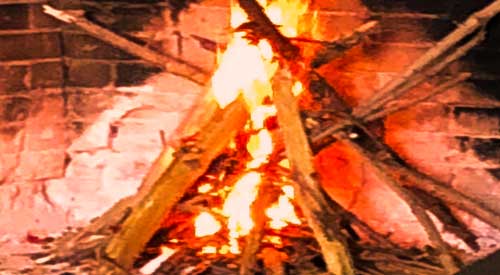
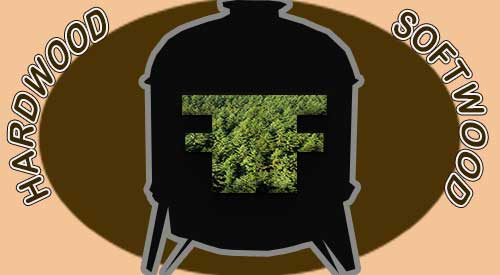
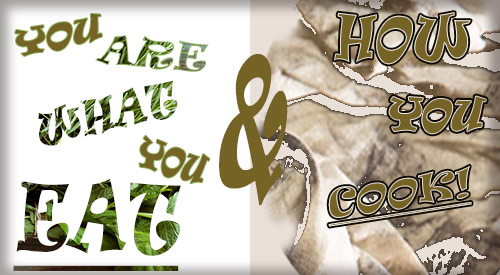

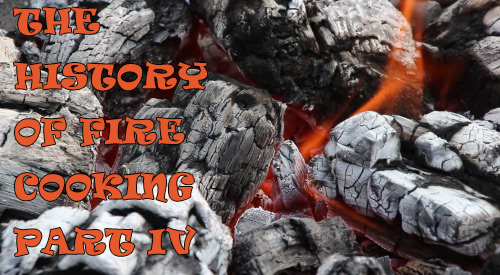


 These are some of the commonly forgotten appliances when cleaning the kitchen. It can be very embarrassing for a guest to offer to assist you in the kitchen only to find these appliances gross and dirty. Therefore, you should take time to clean both the inside and the outside of these appliances thoroughly as well.
These are some of the commonly forgotten appliances when cleaning the kitchen. It can be very embarrassing for a guest to offer to assist you in the kitchen only to find these appliances gross and dirty. Therefore, you should take time to clean both the inside and the outside of these appliances thoroughly as well.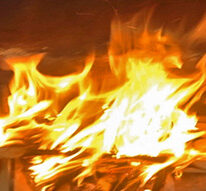
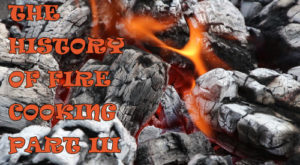
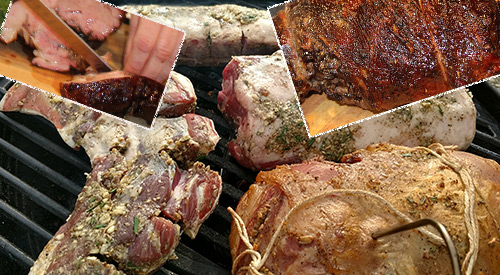


 nutmeg and topped with a crisped sage leave and touch of maple syrup. My favorite part of this dish was its serving bowl – a charred mini white gourd. By retaining the top of the gourd, you can ensure that the soup stays hot until its placed in front of the guest. Each gourd was hand cut and charred to ensure no off flavors transferred from the gourd to the soup. Just a perfect vessel for this scrumptious soup.
nutmeg and topped with a crisped sage leave and touch of maple syrup. My favorite part of this dish was its serving bowl – a charred mini white gourd. By retaining the top of the gourd, you can ensure that the soup stays hot until its placed in front of the guest. Each gourd was hand cut and charred to ensure no off flavors transferred from the gourd to the soup. Just a perfect vessel for this scrumptious soup. Now, it’s time for the main course – course number five! First came the proteins. We produced a wood-fired leg of lamb and lamb rib loins cooked over charwood, ash, sugar maple, and wild cherry wood chunks. The wood-fired cooking offered a fabulous color to the meat.
Now, it’s time for the main course – course number five! First came the proteins. We produced a wood-fired leg of lamb and lamb rib loins cooked over charwood, ash, sugar maple, and wild cherry wood chunks. The wood-fired cooking offered a fabulous color to the meat. the perfect end to a fantastic evening.
the perfect end to a fantastic evening.
